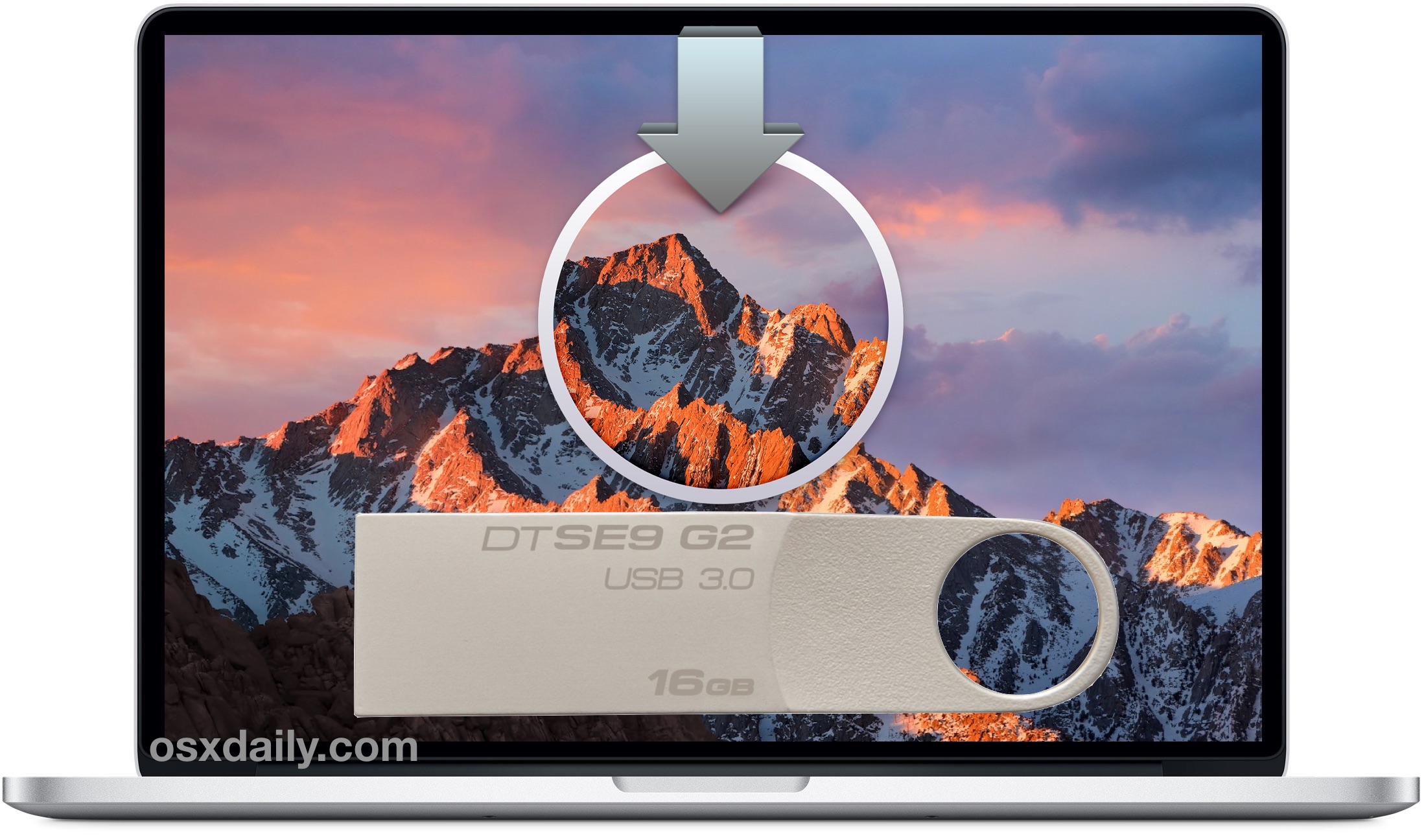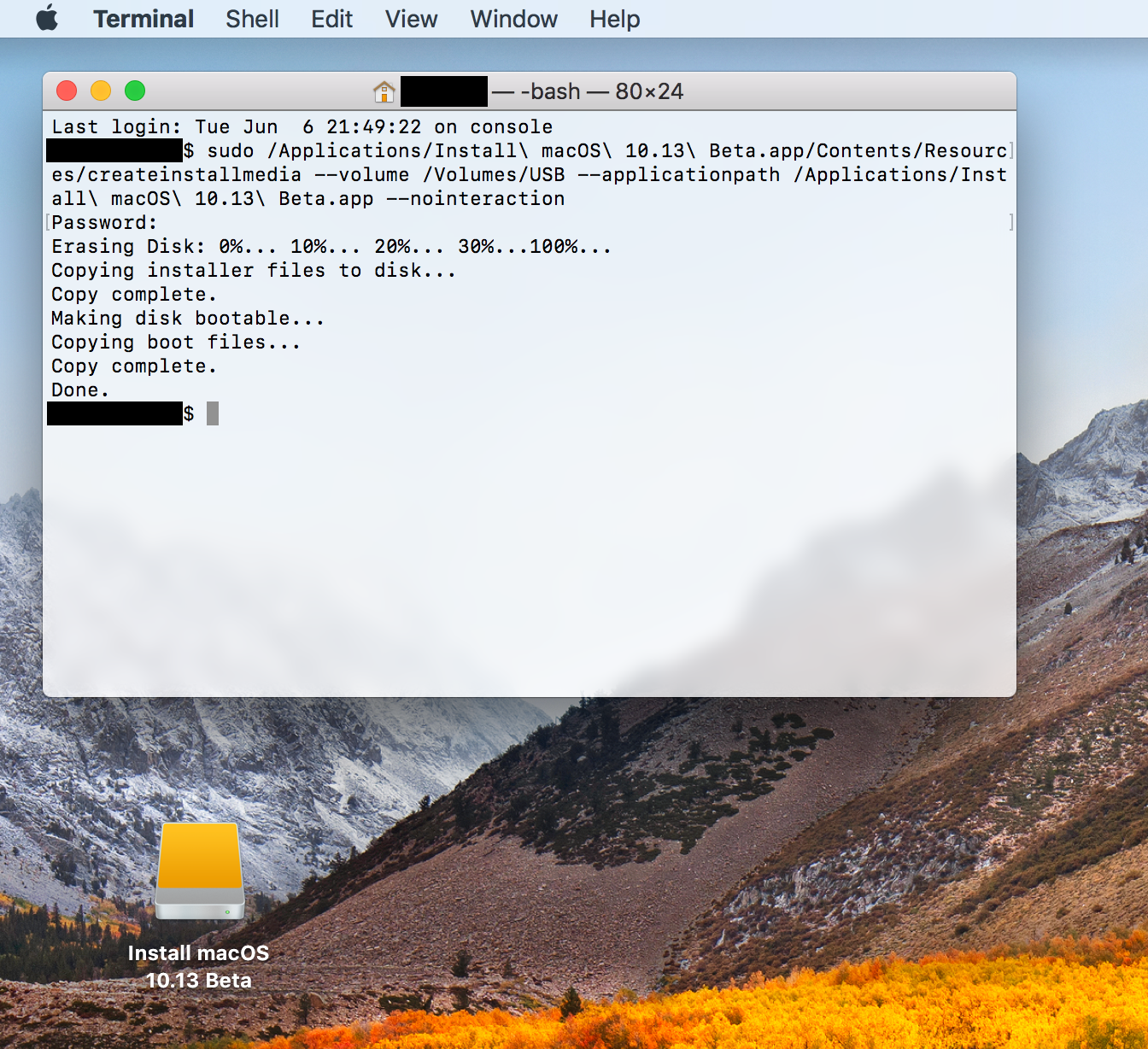

- #MAKING A PATH FOR USB ON MAC OSX SIERRA HOW TO#
- #MAKING A PATH FOR USB ON MAC OSX SIERRA INSTALL#
- #MAKING A PATH FOR USB ON MAC OSX SIERRA PASSWORD#
#MAKING A PATH FOR USB ON MAC OSX SIERRA INSTALL#
When Terminal says that it's done, the volume will have the same name as the installer you downloaded, such as Install macOS Big Sur.After the volume is erased, you may see an alert that Terminal would like to access files on a removable volume.Select the volume containing the bootable installer, then click Continue. Turn on your Mac and continue to hold the power button until you see the startup options window, which shows your bootable volumes. Terminal shows the progress as the volume is erased. Does anyone have a Terminal command-line recipe for making a new bootable USB flash drive for one of the new MacBook Airs Is there a way to dd copy the USB. Plug the bootable installer into a Mac that is connected to the internet and compatible with the version of macOS you're installing. When prompted, type Y to confirm that you want to erase the volume, then press Return.Download the InstallMacOSX.dmg file by clicking on the OS X El Capitan 10.11 link in the Apple document 'How to get old versions of macOS'. Below are the steps needed to create an USB flash drive El Capitan bootable installer. Terminal doesn't show any characters as you type your password. The Mac is running OS X v10.6.8 or later (which includes any version of macOS).
#MAKING A PATH FOR USB ON MAC OSX SIERRA HOW TO#
How to find the file path using Terminal Also known as a folder path, or directory path, they aren't always easy to find. And that is how to get folder path in Mac. Make sure to complete pasting/moving it elsewhere, or this will be lost and you will need to find the folder again.
#MAKING A PATH FOR USB ON MAC OSX SIERRA PASSWORD#

If it has a different name, replace MyVolume in these commands with the name of your volume. These assume that the installer is in your Applications folder, and MyVolume is the name of the USB flash drive or other volume you're using.


 0 kommentar(er)
0 kommentar(er)
